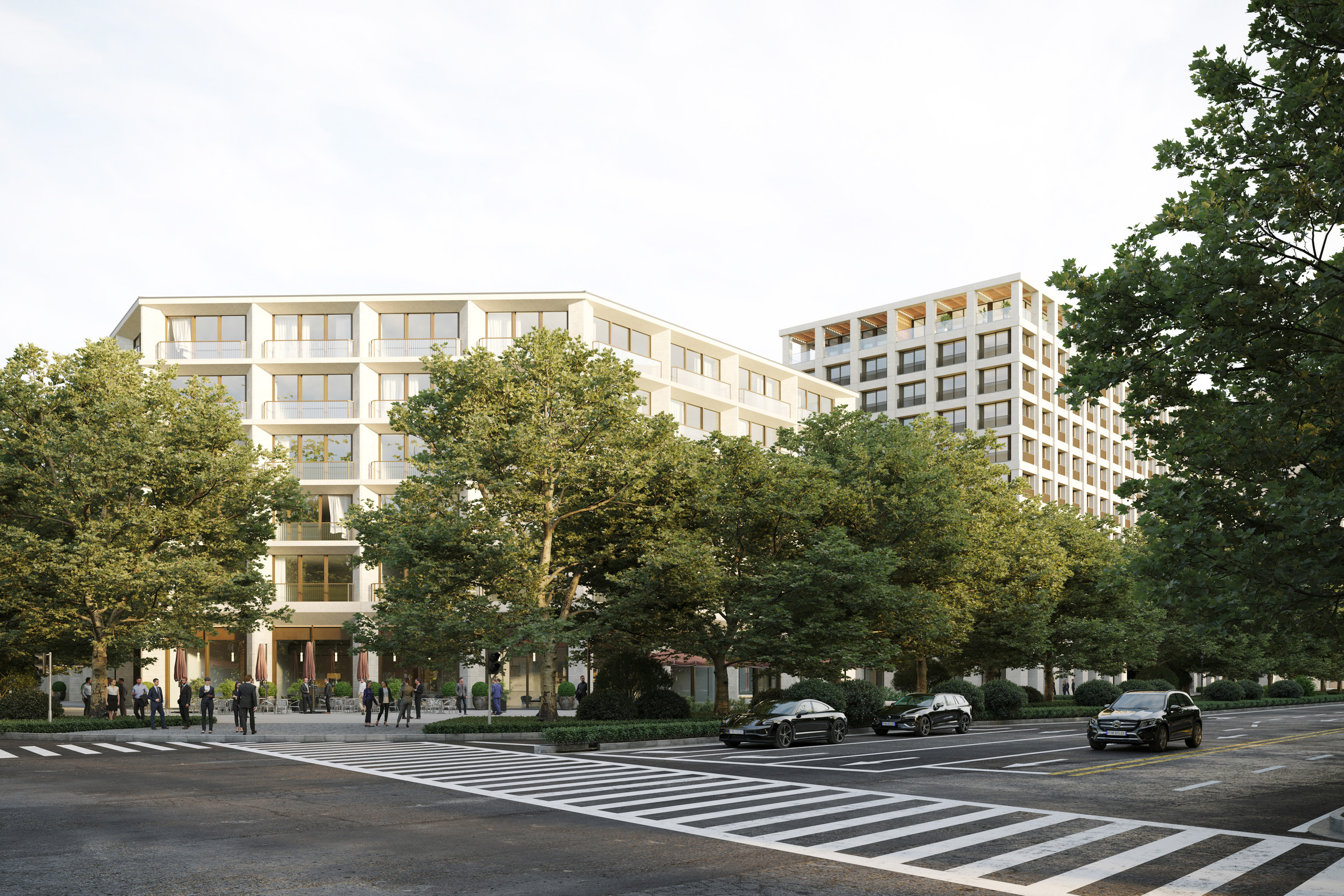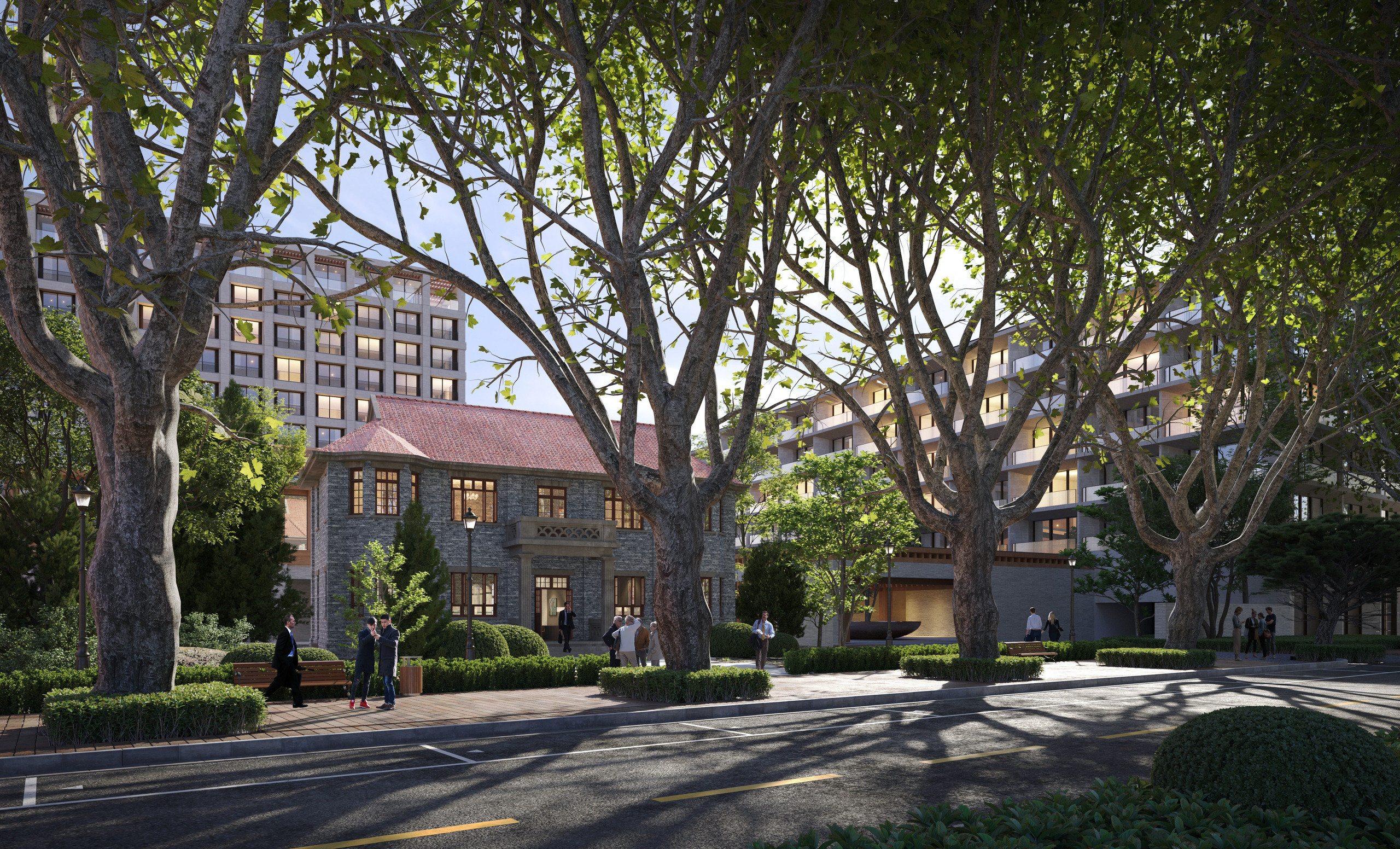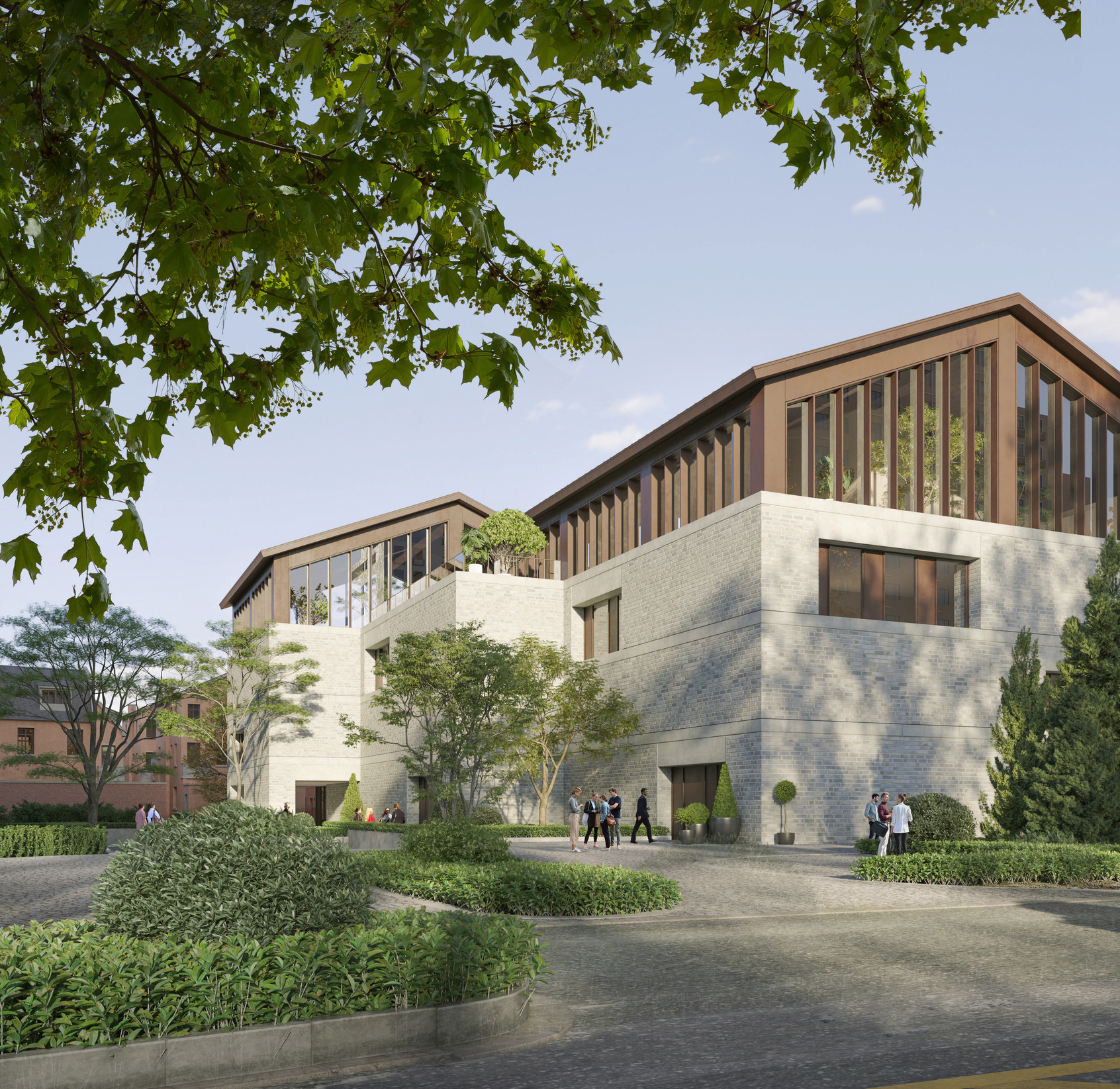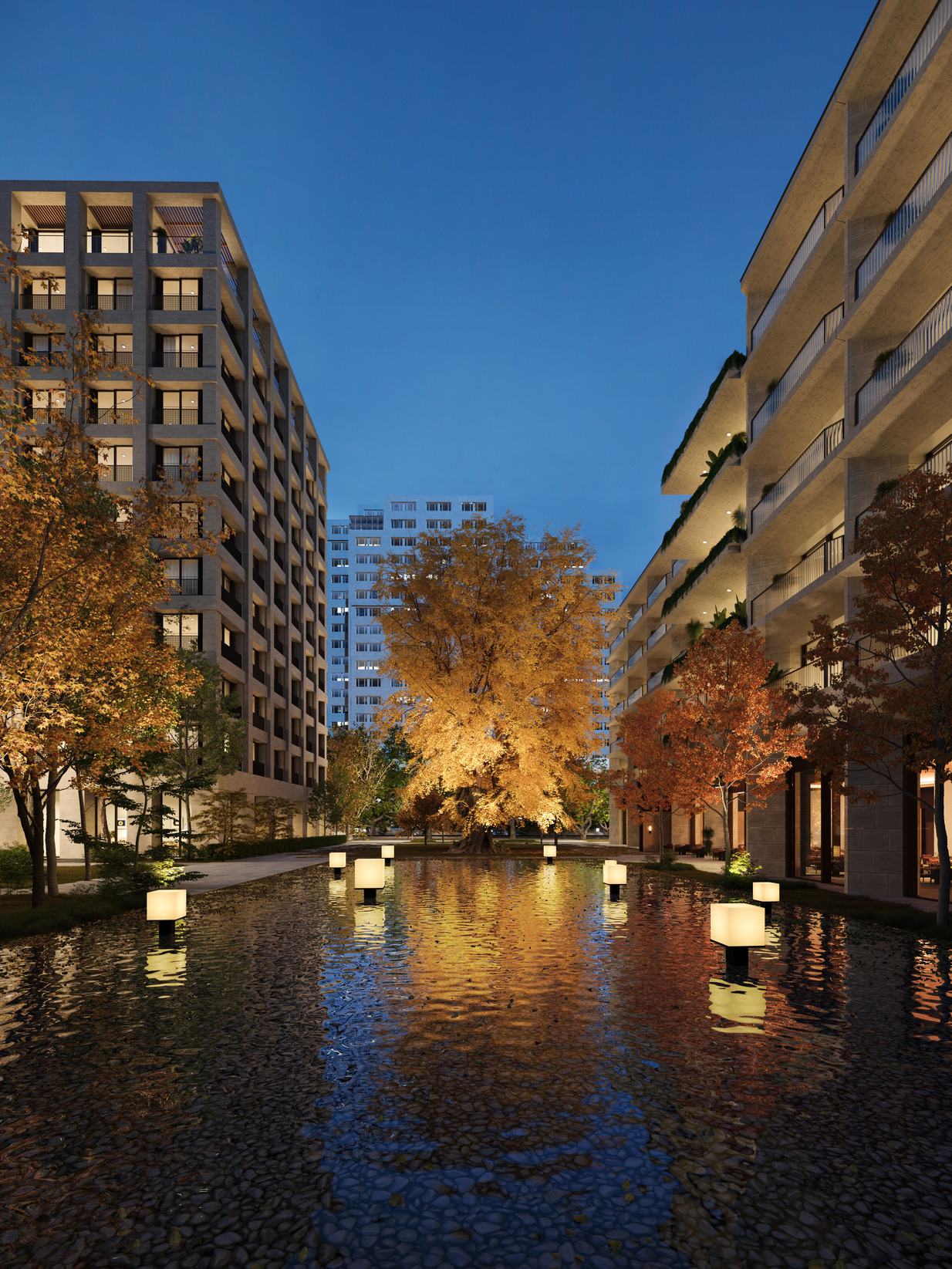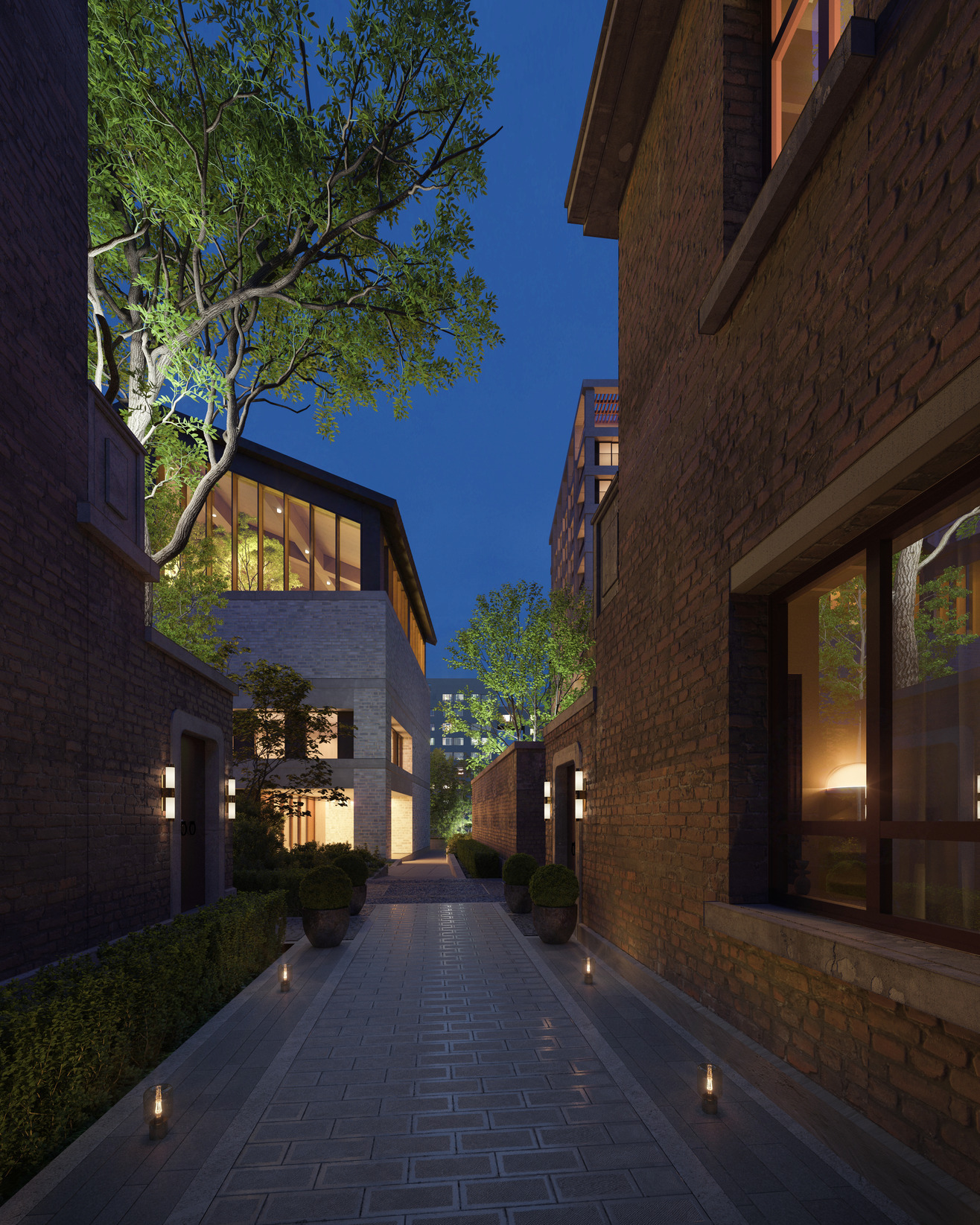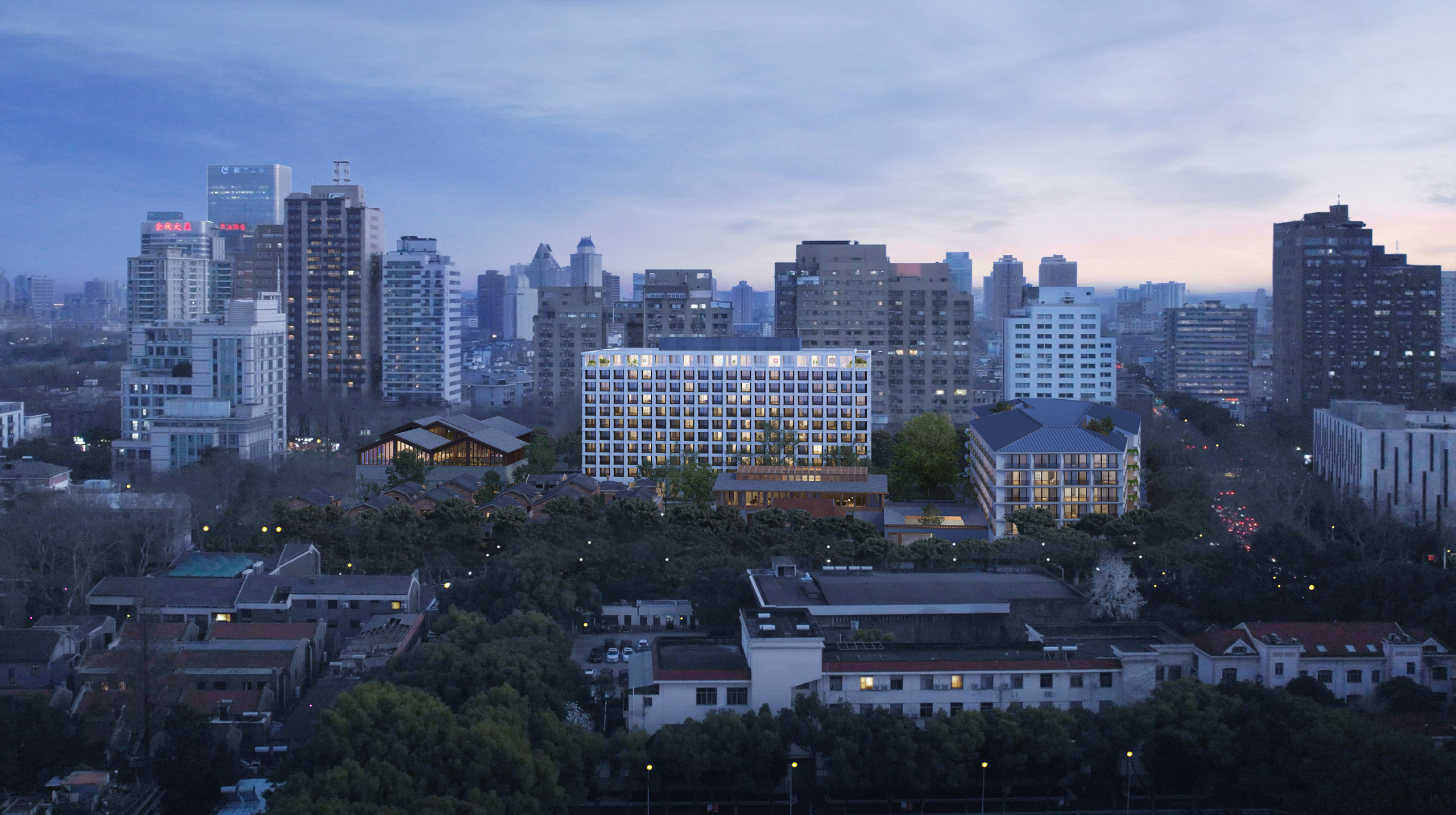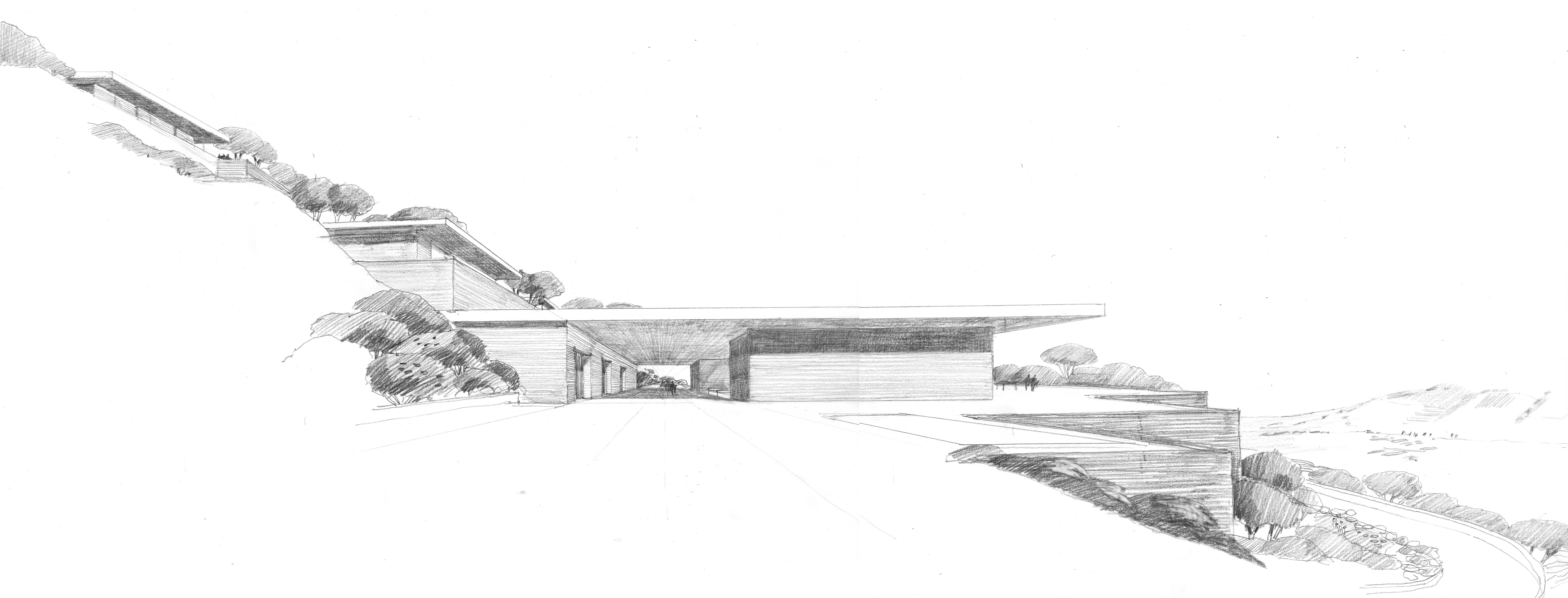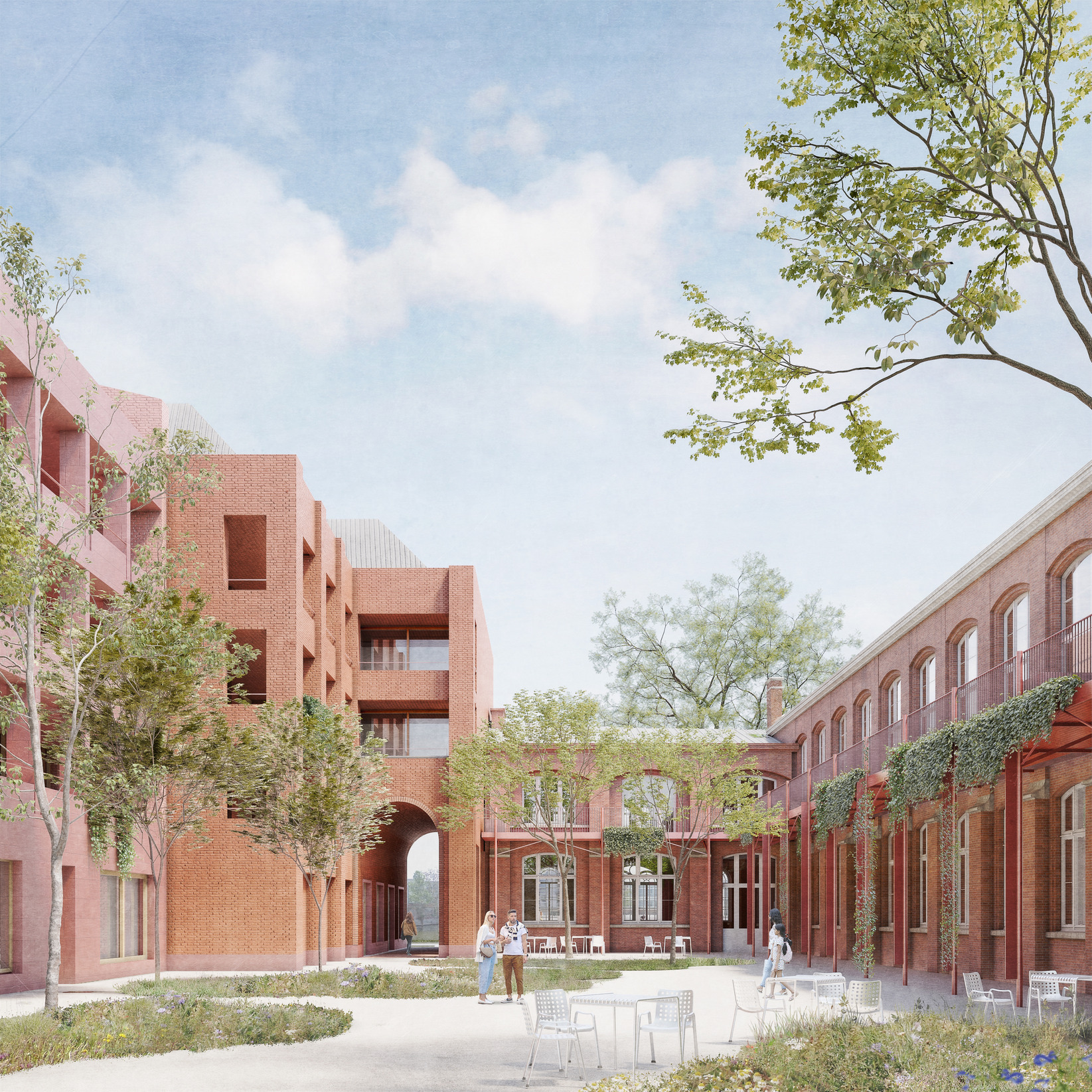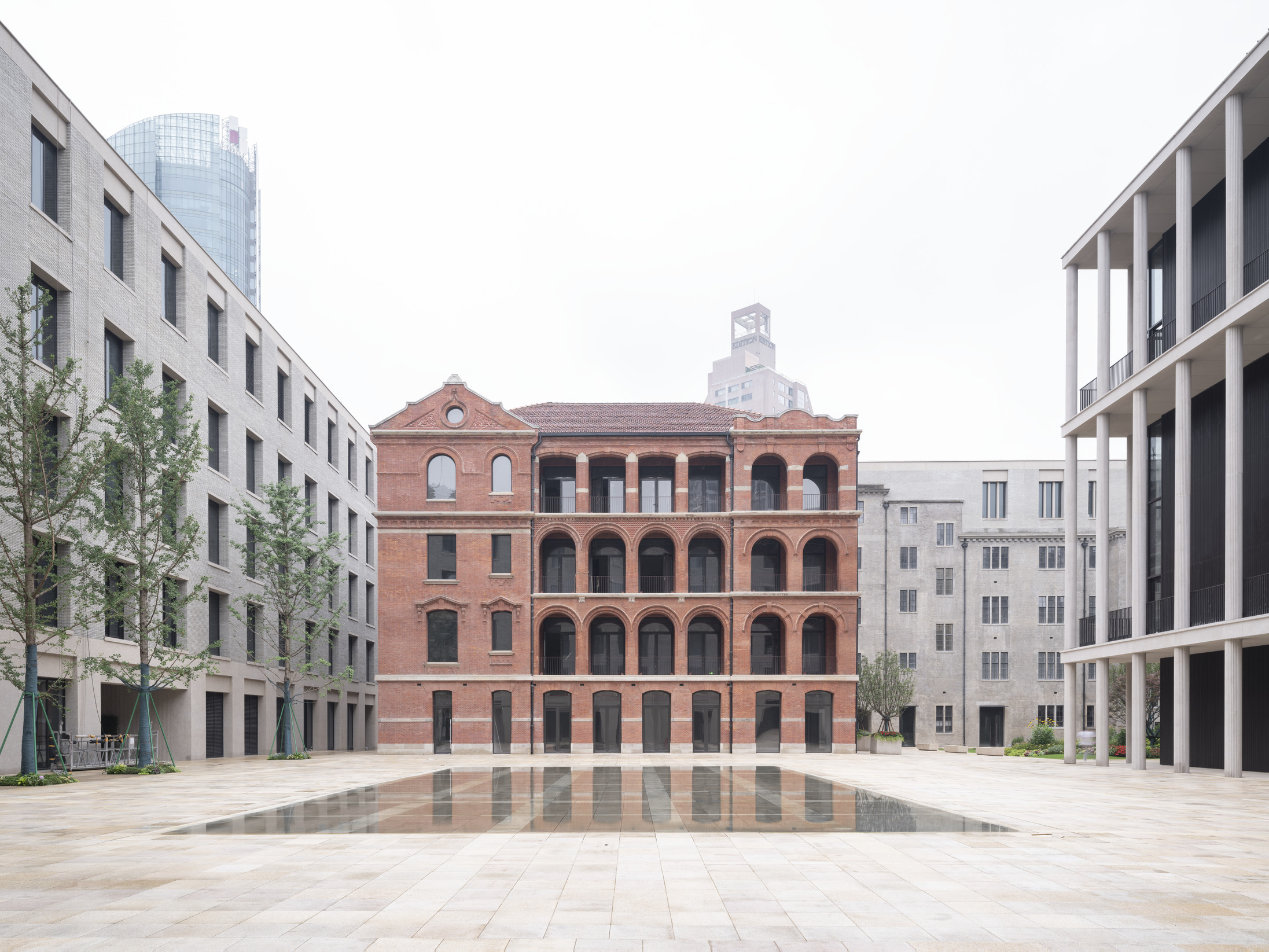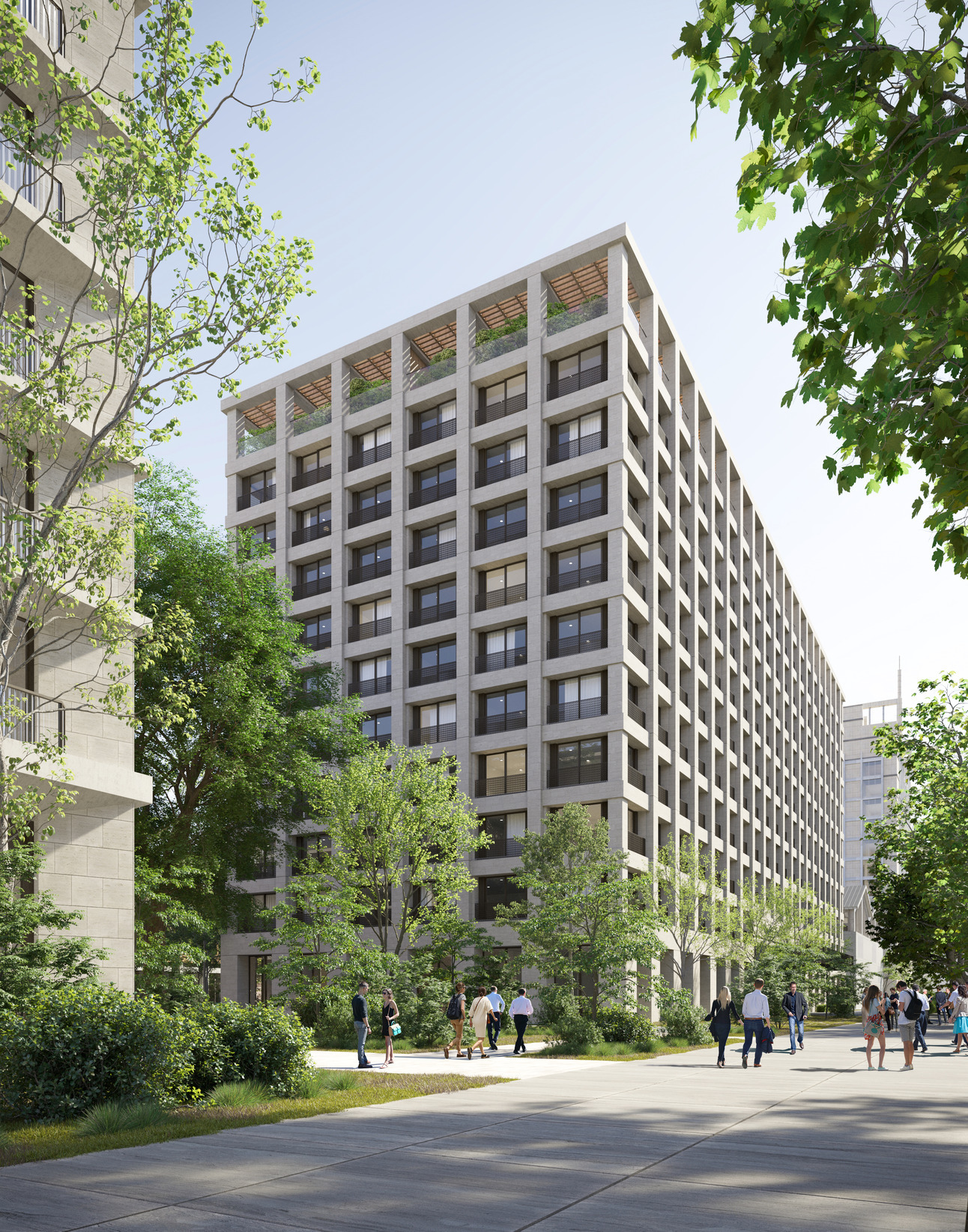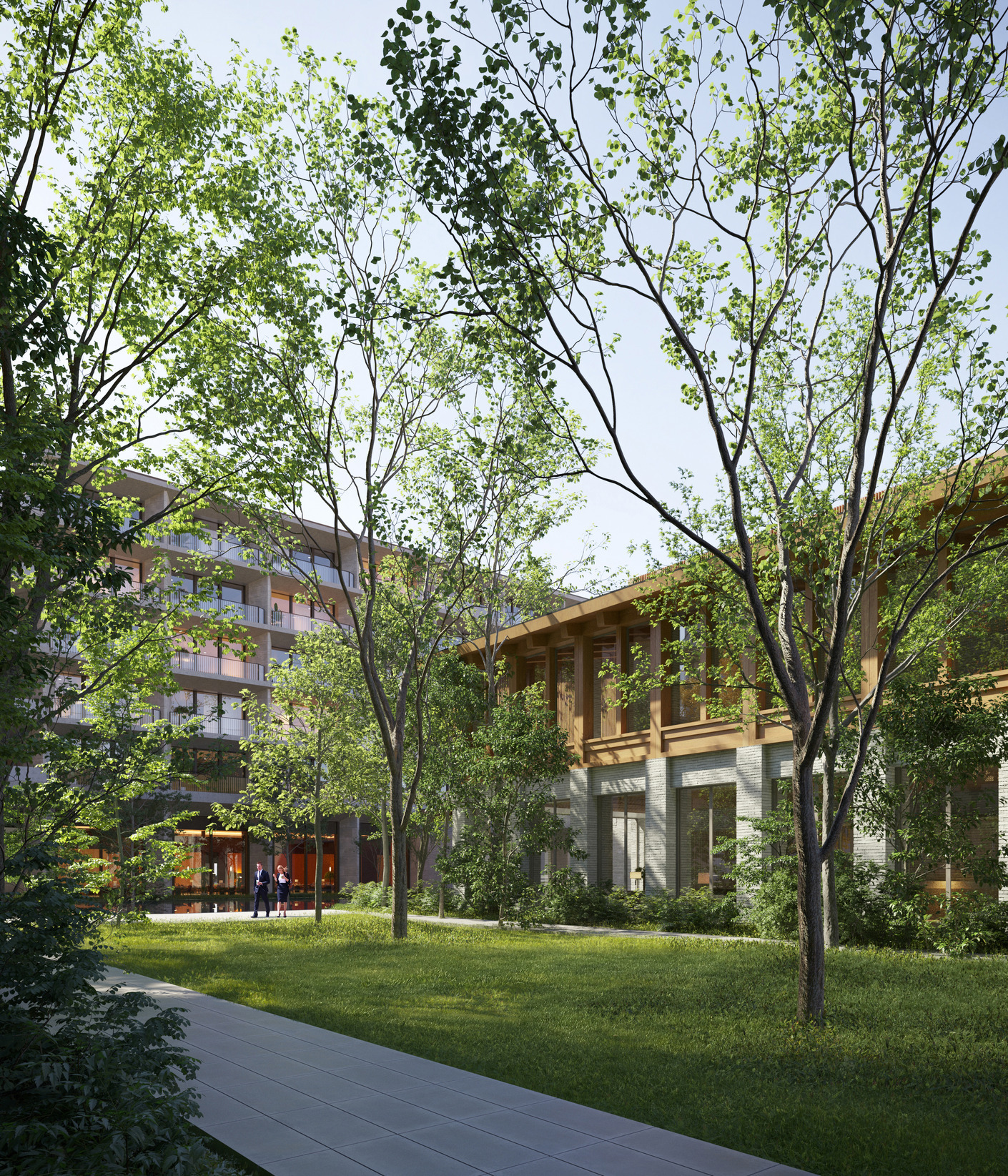Zhonglanli Capella
Nanjing, China
2021–
A former capital of China, Nanjing is a city characterised by history and tradition, with architecture an important part of the city’s heritage. Through the use of heavy masonry, important buildings were designed to last, and much of the architecture, including the Presidential Palace, is inspired by the ancient philosophy of harmony between man and nature, representing the important relationship between the built and natural environments. Zhonglanli Capella – a mixed-use complex that will incorporate old and new buildings – continues these themes, using the garden to help foster both the individual and collective experience of Nanjing.
The masterplan conceives the garden as a common ground that mediates the different urban moments, fosters a dialogue between old and new, and offers a clearly defined place in the city. A series of small-scale courtyards and volumes continue the historic fabric of the Meiyuan Village and Zhonglanli towards the north, creating a pedestrianised space. The larger hotel and residential buildings are arranged along East Zhongshan Road and Changbai Street, responding to the significant modern urban development to the south and west.
The new additions help frame the garden as a sequence of individual spaces. Towards the centre of the block, a central garden becomes a more sheltered and peaceful place for activity, while at the perimeter, three pocket gardens are open to the city. Each pocket garden has its own identity defined by a 360-year-old ginkgo tree, a visual corridor to Zhonglanli, and the Yangxian Hall respectively, establishing active urban connections. The ginkgo tree and a body of water mark the main entrance and the garden concept extends to architecture, which features covered balconies and roof gardens.
Four new distinctive buildings: the Capella Hotel; the Branded Residence; the Capella Club and the Specialty Restaurant, become the backdrop of the garden. They are conceived as a simple articulation of the building programmes and structure, while the main façade materials of stone and brick continue the enduring nature of its surrounding.
Data and credits
- Project start
- 2021
- Completion due
- 2025
- Gross floor area
- 103,000m²
- Client
- Nanjing Xuanwu Cultural & Tourism Group Co., Ltd.
- User
- Capella Hotel Group
- Architect
- David Chipperfield Architects Shanghai
- Partners
- David Chipperfield, Libin Chen
- Associate Directors
- Haishan Li, Xu Yang
- Project architect
- Xixian Wang
- Project team
- Clementine Bory, Ao Tang, Yue Gu, Pengfei Xu, Chen Qin, Yijing Zhou, Jienan Wang, Xu Zhang, Shiqing Liu, Miguel Bispo, Malgorzata Mutkowska, Yunheng Huang, Xiaohui Wen, Shan Liang, Yilin Qiu
- Executive architect
- East China Architectural Design & Research Institute Co., Ltd.
- Landscape architect
- Coopers Hill Singapore PTE. LTD.
- Interior design
- Layan Design Group (new hotel building and public areas); Brewin Design Office (historic villas and specailty restaurant); Ippolito Fleitz Group (branded residence)
- Structural engineer
- East China Architectural Design & Research Institute Co., Ltd.
- Services engineer
- Squire Mech (Shanghai) Co. Ltd.
- Kitchen consultant
- CKP Hospitalty Consultants
- Traffic consultant
- Nanjing Institute of City & Transport Planning Co., Ltd.
- Quantity surveyor
- WT Partnership
